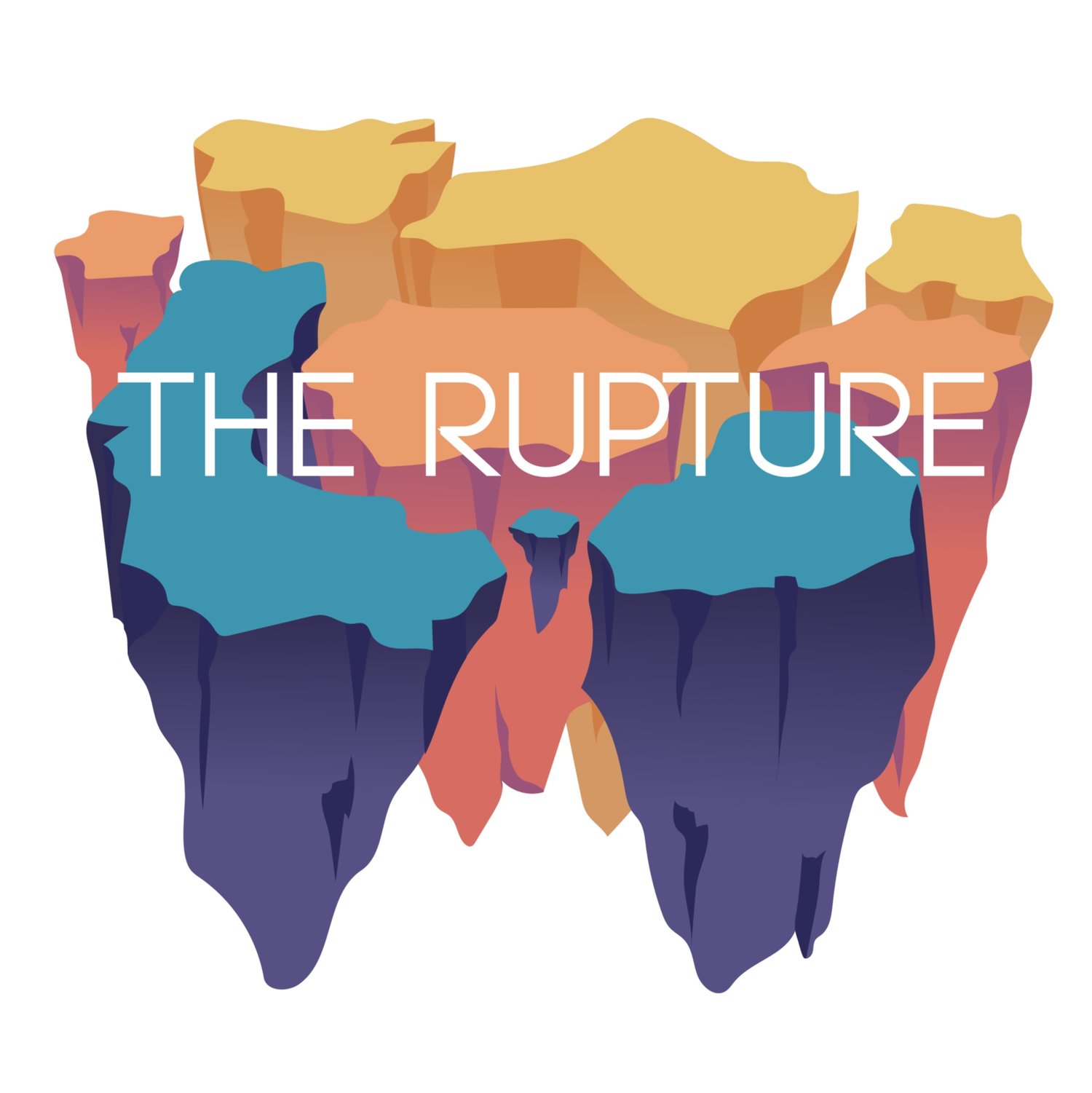 Emma Winsor Wood has poems published or forthcoming in The Seattle Review, DIAGRAM, Bat City Review, The Journal, and Inter|rupture, among others. She is a 2015 Teaching-Writing Fellow at the Iowa Writers’ Workshop, where she teaches poetry writing.
Emma Winsor Wood has poems published or forthcoming in The Seattle Review, DIAGRAM, Bat City Review, The Journal, and Inter|rupture, among others. She is a 2015 Teaching-Writing Fellow at the Iowa Writers’ Workshop, where she teaches poetry writing.
Her poem, "Virginity," appeared in Issue Seventy-Seven of The Collagist.
Here, she talks with Christina Oddo about abbreviations, pushing against sonnets, and image.
How did the content push form, or vise versa?
Last year, I wrote a sequence of sonnets that I saw as really taking on this form that is representative of stuffy, old, patriarchal, hetero-normative, deer- and dove-filled poetry. My sonnets did this with content—most are about sex without love and all are from the female perspective—as well as with form: the rhyme schemes rarely fall into a regular Petrarchan or Shakespearean pattern, and the lines vary wildly in length. The longer lines are sometimes as much as double the ten syllable lines traditional to the sonnet. The final line of “Virginity” is 17 syllables. These are unruly, messy-looking sonnets. They are not the neat-looking boxes of Shakespeare or Donne or Wyatt.
At the same time, form is always a way of pushing content: the need to find a rhyme extends me outside of my quotidian vocabulary and beyond my usual syntactical habits. The idea at the center of the poem—of measurement, counting, and copying—came out of that search for an interesting rhyme.
What was behind your decision to balance a stream-of-consciousness feel with a more rigid or formal use of punctuation? (“i.e.”, “etc.”, and “w/”)
I actually see the abbreviations as an informal element in a poem that might otherwise, in terms of diction and syntax, be called formal. The abbreviations are a kind of notational language, which give the poem the air of having been jotted down quickly, perhaps alongside lecture notes. That quality—of hastiness, needing to save time and space—is in tension with the sonnet form, which is, of course, considered time-consuming to write and rigid in form. The abbreviations are also another way of pushing against the form: they create the impression of uncertainty and provisionality in a form known for its authority and permanence.
In only fourteen lines you were able to compile a chilling and honest set of images. How did you decide which images to include, and ultimately which to exclude?
The opening image—of the scraped spine—was the initial impetus of the poem; I simply followed that into metaphor, allowing language to be my guide. When writing in form, I often refer to an online rhyming dictionary, which provides me with more words than I know how to manage. I make lists of the ones that attract my ear and then, through trial-and-error, find the line, the word, the image that just feels right for the poem.
What are you reading?
I recently interviewed Robyn Schiff about her new book—A Woman of Property, it’s incredible—and talking to her, I realized I had somehow never read nearly half of Jane Austen’s very small oeuvre even though I grew up on 19th century British novels and my mother named me after Emma Woodhouse. I’ve just finished Northanger Abbey and Mansfield Park. At this point, I think I’m going to reread it all. Persuasion’s next on the list. I’ve barely read any fiction since coming to Iowa (nearly two years ago at this point!) and certainly none that is very “plotty,” so it feels like a new and exciting reading experience. I’ve been glued to the sofa.
In terms of poetry: Srikanth Reddy just came to read at a reading series I co-host in Iowa City, so I just read his two collections Facts for Visitors and Voyager, as well as his chapbook Readings in World Literature. Since I’m working on a long prose poem right now, I’m revisiting some of my favorite prose pieces—Claudia Rankine, Maggie Nelson, Denis Johnson, Didion, Baldwin, etc.
What are you currently writing?
As I mentioned above, I’m writing a long prose piece—I called it a poem above, but really it exists somewhere between poem, essay, and dramatic monologue. It’s written in the third person about a character called simply “the writer,” and deals primarily with the often overwhelming accumulation of domestic tasks as well as the social anxieties and isolation that are, I believe, unique to the artist’s necessarily lonely lifestyle. I’m trying to put everything about my life, as it is now, into it. In that way, it’s a bit like Chantal Akerman’s film Jeanne Dielman, 23 Quai du Commerce, 1080 Bruxelles, a feminist classic that meticulously captures the daily domestic chores of a single mother over the course of three days—and more than three hours of film. We’ll see if anyone other than my husband will want to read it.
